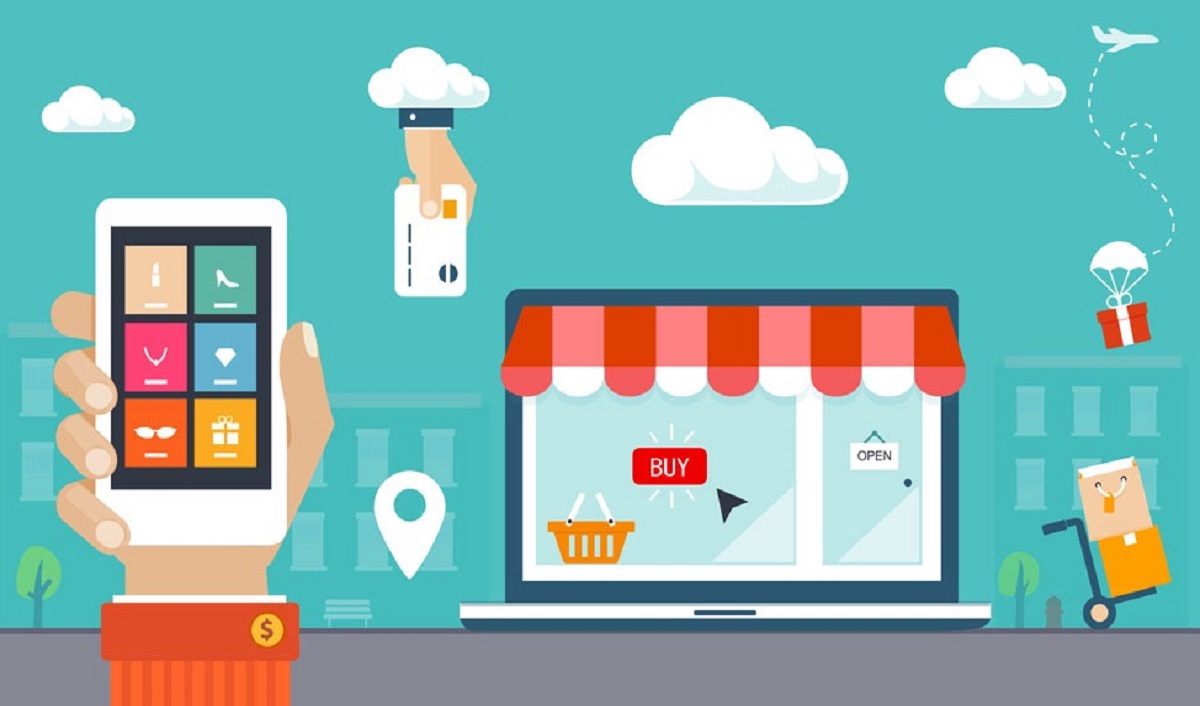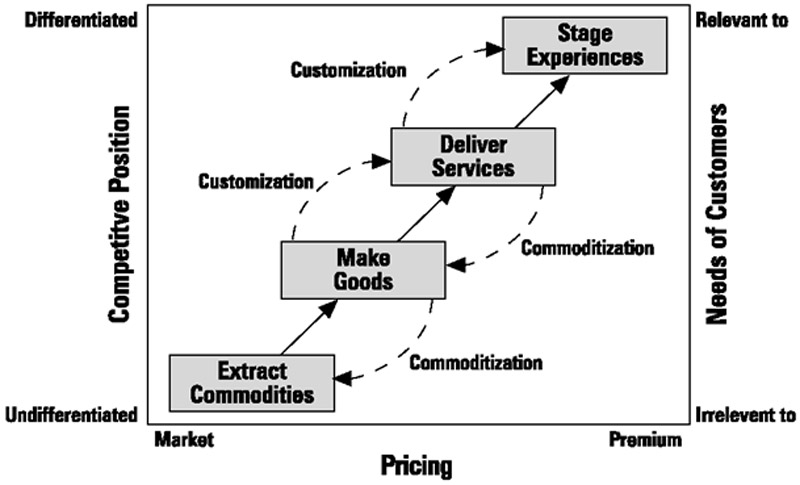The Rising Importance of Physical Stores in the Digital Era

There is an increasing importance of physical stores to provide the optimum brand experience, that would not be possible digitally.
In the pandemic, e-commerce grew significantly. With the resulting extensive shop closures, many retail commentators predicted the end of physical storefronts. Online sales are anticipated to grow with customers becoming more online friendly. Many brands are closing storefronts as they doubt the viability of brick-and-mortar retail post-pandemic.
The growing digitalization of commerce is transforming—not eclipsing—the function of the physical shop, and we need to ways to enhance these stores.
In such a scenario, the underlying value of offline retail is no longer only related to direct financial gain, which e-commerce dominates; physical shopping offers emotional and experiential engagement that online can’t. These soft qualities are key to long-term customer loyalty, brand reputation, distinctiveness, and sales.
Many brands are missing a trick. While COVID-19 boosted e-commerce in 2020–22, brands turned to collecting digital customer involvement. In their drive to develop e-commerce, many firms forget to update how they assess their physical storefronts.
E-commerce and the epidemic have not killed offline shopping. It has a more complex and valuable role now. It’s time to recognise and maximise that value and discover new methods to quantify it long-term.
Pine and Gilmour discussed the Experience Economy in the 1990s. They examined how successful firms use items as props and services as the stage to engage, connect, and retain consumers. It is time that offline retailers look at their stores within this framework.

Brands may assess every stage of a customer’s shop experience, from arrival through checkout and online interaction.
Customer Implications
It includes every touch point like customer service, retail design, layout, amenities, and overall customer experience.
By emphasising customer experience above profit, businesses may boost long-term revenue. PWC found that consumers are seven times more likely to buy from a company that offers a good customer experience.
For example, to enhance the experience, American Express ceased seeing customer service as a cost centre, and client retention increased by 400%. Prioritizing customer experience above call times increased earnings. Long-term earnings will undoubtedly rise for physical shops that focus on consumers’ needs.
Effects on Brand
As e-commerce grows, stores, formerly whose primary function was sales, play a bigger role in bringing the brand to life. Even if the ultimate purchase is completed online, the actual space’s memories, experiences, and emotions contribute to the sale. In another study, it was found that 55% of buyers visit a store before buying online. This is “brand impact”—the store’s involvement in building brand loyalty.
Business Implications
Humans value warm, personal relationships more than colder, digital ones. A study conducted states that 71% of customers spend more in-store, compared to 54% online. Younger shoppers prefer physical shops for exploring and trying things.
Physical shops may still advance corporate and commercial goals. This potential may be exploited by ensuring stores have great overall consumer experiences, which enhances the likelihood of repeat purchases and visits.
The idea that e-commerce is cheaper than brick-and-mortar establishments is confusing. Increasing digital marketing expenditures and DTC brand saturation might diminish savings online in comparison to a physical store. What’s worse, at least 30% of online orders are returned, compared to 8.9% offline.
Many firms are choosing a hybrid, “phygital” strategy, including purchasing online, picking up in-store, or buying online, returning in-store, and providing the physical shop; a fulfilling function that avoids the need for a costly warehouse, making e-commerce and physical retail interdependent.
There will be a balance between offline and online retail wherein each will drive sales that are complementary and profitable.
Reference



